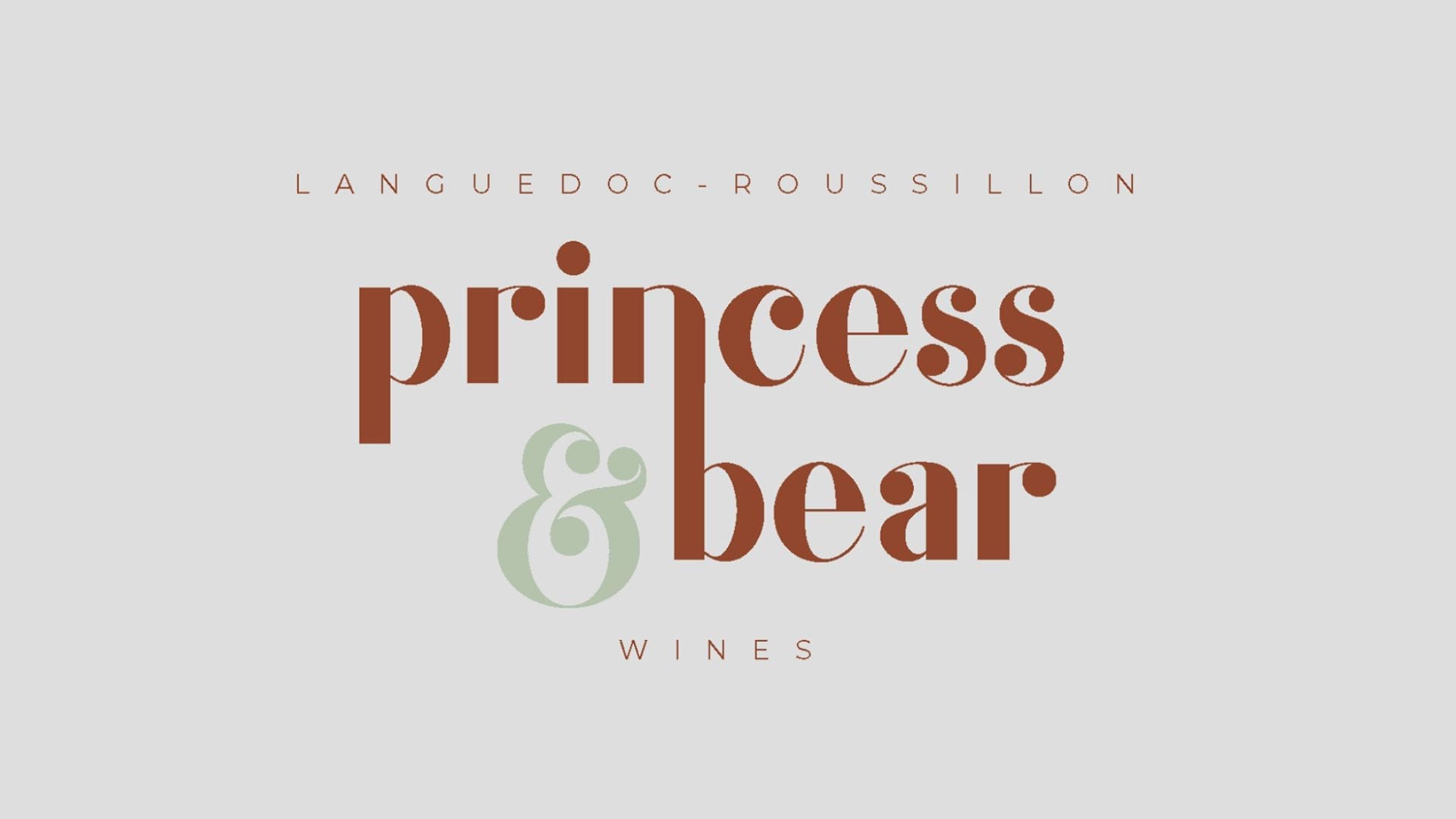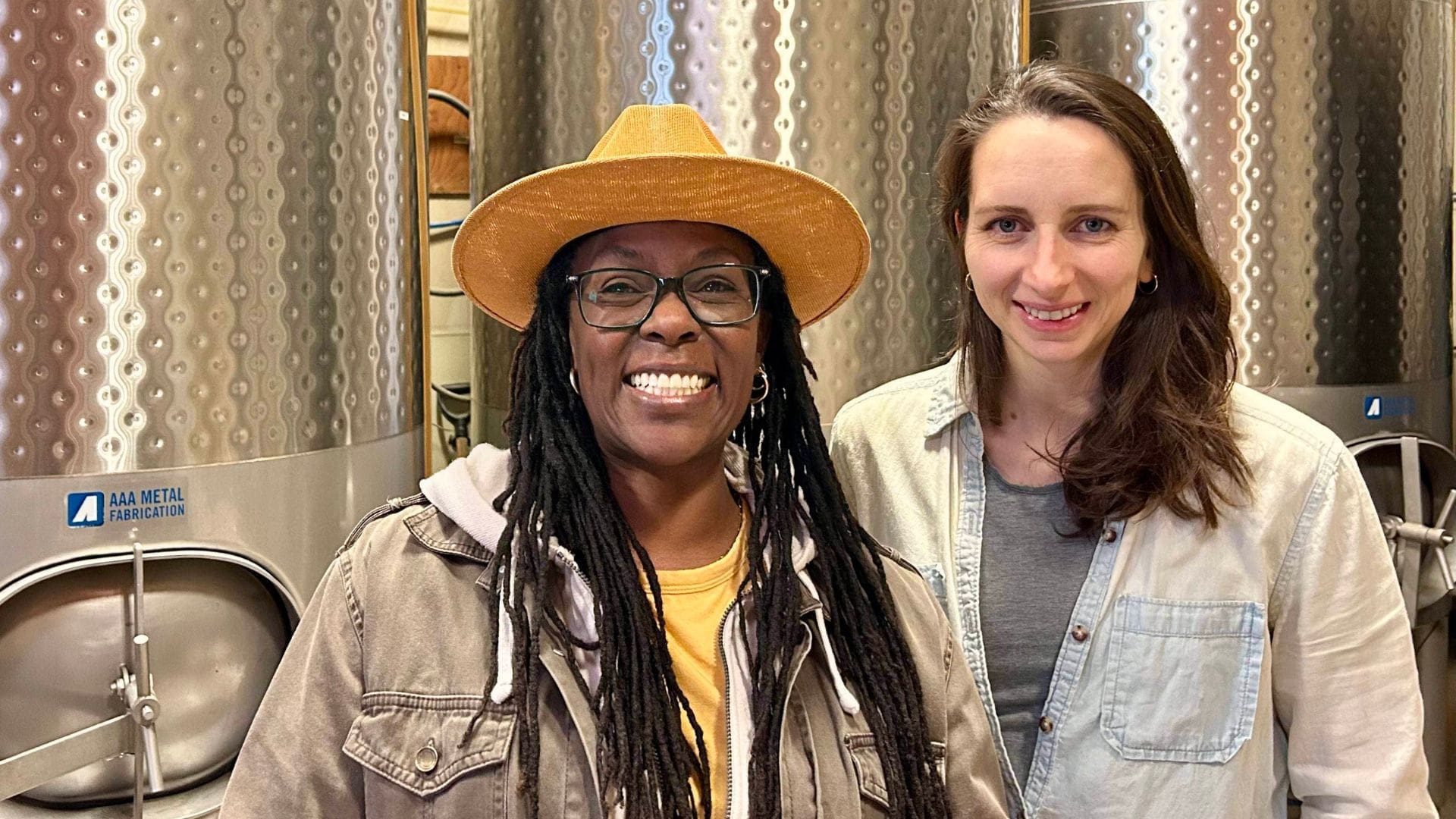Pacific Northwest distillers are foraging ingredients from the forests, farms and the ocean to create unique flavors and textures in their spirits. “Ethical sourcing isn’t a new practice,” says Lynsee Sardell of Big Wild Spirits, “It’s been used by native people since the beginning of time. Foraging and natural living always seems to be reinventing itself as something new but we are animals and we like finding things that taste good.”

An Oregon native, Sardell grew up in Corvallis and wanted to use ingredients from the area in her spirits. “Gin started as a juniper tincture placed in alcohol on ships to get rid of malaria. Sailors would add things to flavor this medicine as they traveled like oranges from China and coriander from India,” she says.
When she began making her own spirits, Sardell didn’t think it made sense to source ingredients from far away places when great ingredients grew nearby. “We use such large quantities of ingredients so I wanted to be mindful of sourcing,” says Sardell. “We use 11 pounds of juniper per batch of gin. Blueberry brandy requires six tons of blueberries. I make conscious decisions that are more in line with the ethics I believe in.”
She begins all her recipes by going outside in the woods or in her neighborhood to see what she can find. For her first batch of spirits, she picked her elderberries from a tree but it was 10 feet tall and she couldn’t reach the top. She’s also walked around her Northeast Portland neighborhood to source apples and their blossoms for her apple brandy. She also wanders the forests of Eastern Oregon for juniper berries.
These experiences led her to a mixed practice of gathering wild ingredients while also working with farmers to grow plants she needed between their crops as windbreaks. This combination of wild foraging and collaborating with local farmers has created a steady source of raw materials for her Wolf’s Whiskey, Witch’s Gin, and her apple brandy called Fortune’s Fruit & Flower.
Faith Dionne has always done the same. Growing up in southeast Alaska, Faith Dionne’s family and neighbors gathered wild salmonberries and spruce tips to fill their bellies and their pantries. When Dionne moved to the Pacific Northwest she hunted mushrooms in the Siuslaw National Forest, the coastal mountains west of Eugene, Oregon. There, she found an abundance of salal berries as well as the spruce tips she collected as a child. Trained as a pastry chef, Dionne became interested in finding new uses for the berries and tips. Then, she decided to add them to her favorite drink — gin. Making gin started as a hobby but when Dionne realized she had a unique product it expanded into a business.

Dionne and her two teenage children, Jack and Zoe, harvest ingredients for her spirits company JAZ Spirits in the Siuslaw National Forest. In May they collect spruce tips, then head to the same area in the fall to gather salal berries. “I do all my foraging on my own. I need to honor my ingredients because I can’t order more,” said Dionne.
Salal berries aren’t something that people eat straight from the vine, but inspiration for her liqueur made with these wild berries came from similar liqueurs like sloe gin and creme de cassis. “Salal berries grow from British Columbia to Southern California. It’s an abundant plant that fruit prolifically and a lot of it goes unused,” says Dionne.
The same can’t be said about truffles. Jamie Hunt of Fast Penny Spirits became acquainted with truffle hunting through her family pet — a Lagotto Romagnolo that she calls Fiera. This Italian dog breed is known for their keen ability to find ripe truffles. When Hunt decided to start creating an amaro recipe, she thought it would be interesting to use truffles. She reached out to the Truffle Dog Company which works with Lagotto Romagnolo dogs to find these fungal fruiting bodies in Washington and Oregon. And find them, she (and Fiera) does! Hunt dehydrates her Pacific Northwest truffles to concentrate the chocolate, fruity and earthy flavors of the fungus and get rid of the funkiness. Then, they become an essential part of Fast Penny’s delicious Amaricano.
At Thinking Tree Spirits, head distiller Kaylon McAlister tested several different types of lavender for his amethyst colored butterfly lavender vodka before discovering wild lavender with just a kiss of vanilla growing in the backyard of the company’s director of operations, Jamielyn Womack. Thinking Tree also gathers windfall fruit like peaches and apples from nearby ME and Moore Farm in Eugene, Oregon, for their small batch seasonal releases like pear brandy and peach liqueur.

The forest and farmlands of Oregon and Washington aren’t the only source of wild ingredients for Pacific Northwest distillers. William and Tara Lawver of Copper Bonnet Distillery in Bend, Oregon, use sugar kelp from the Atlantic Ocean for their gin. This east coast ingredient gives their Northwest gin a smooth, savory profile.
Gin has a nautical history. Using a wild sea product that grows in abundance from the Long Island Sound north to Nova Scotia also ties into these East Coast natives’ love of the Atlantic Ocean. “We sat down to research and develop botanicals and we decided to get botanicals from the places we’ve gone diving to capture the spirit of the ocean in a bottle,” says William Lawver.
For these producers using wild ingredients fit with the ethos of their companies. This practice provides unique flavors and textures for their spirits, but they’re also mindful of its limitations. “The forest isn’t a marketplace, it’s an ecosystem,” said Sardell, “It’s not an endless grocery store out there.”



















